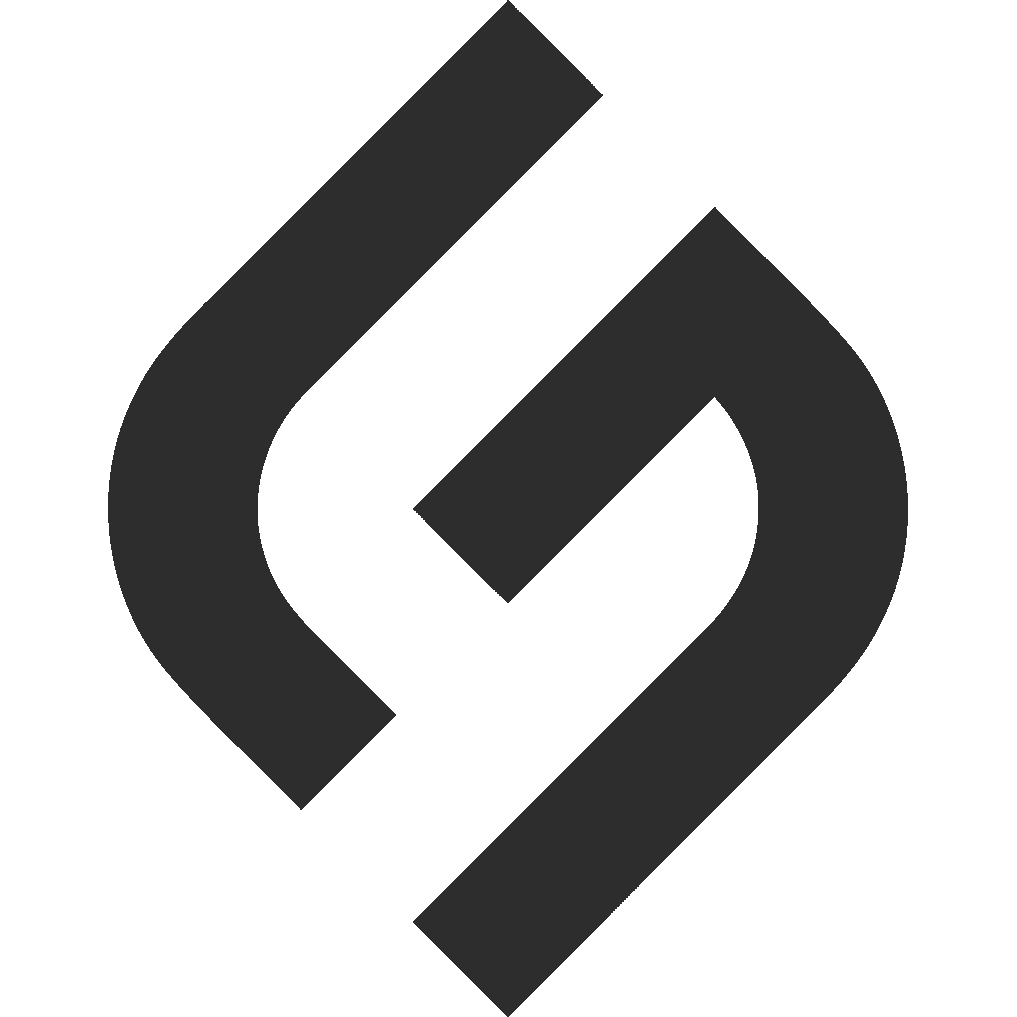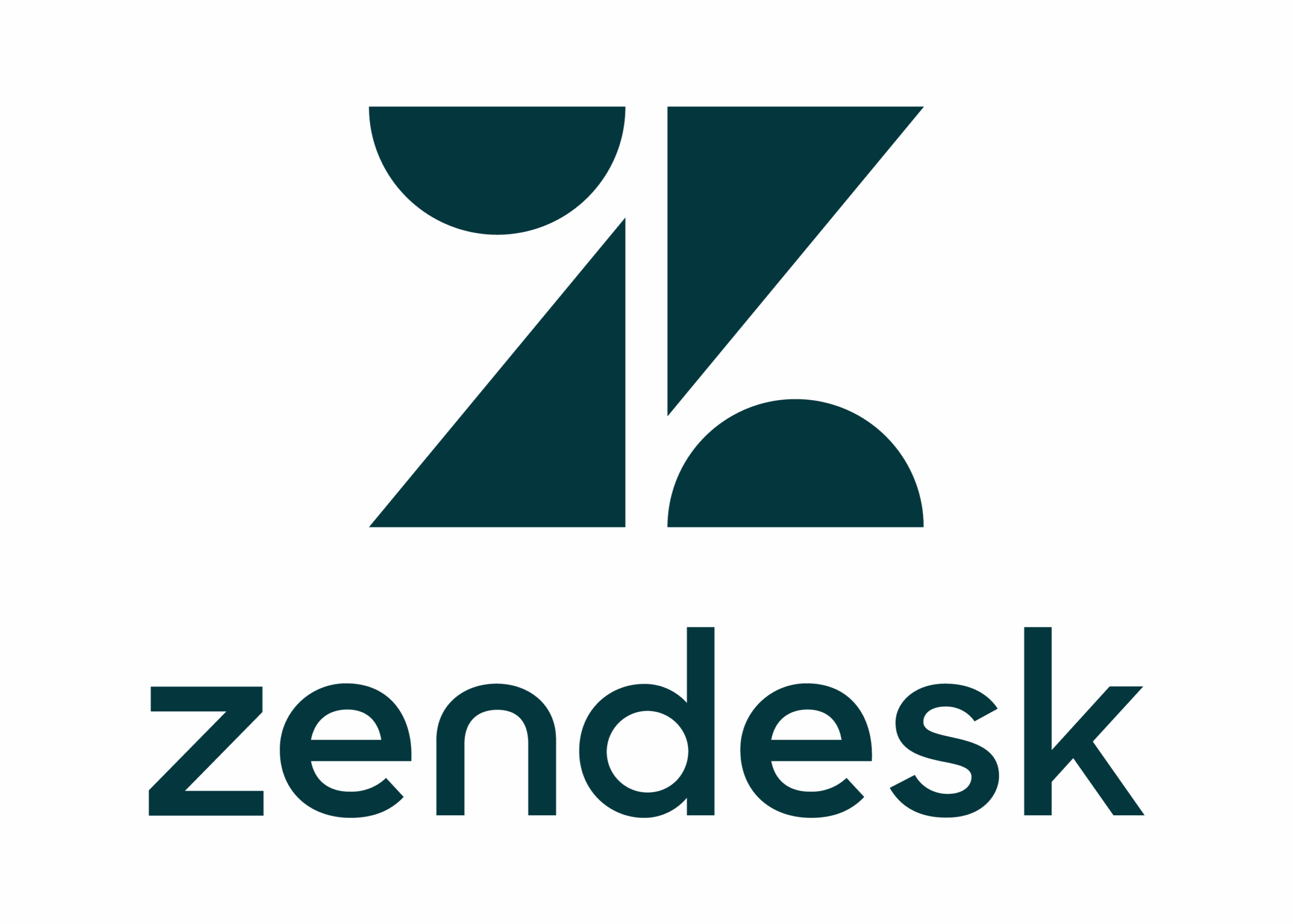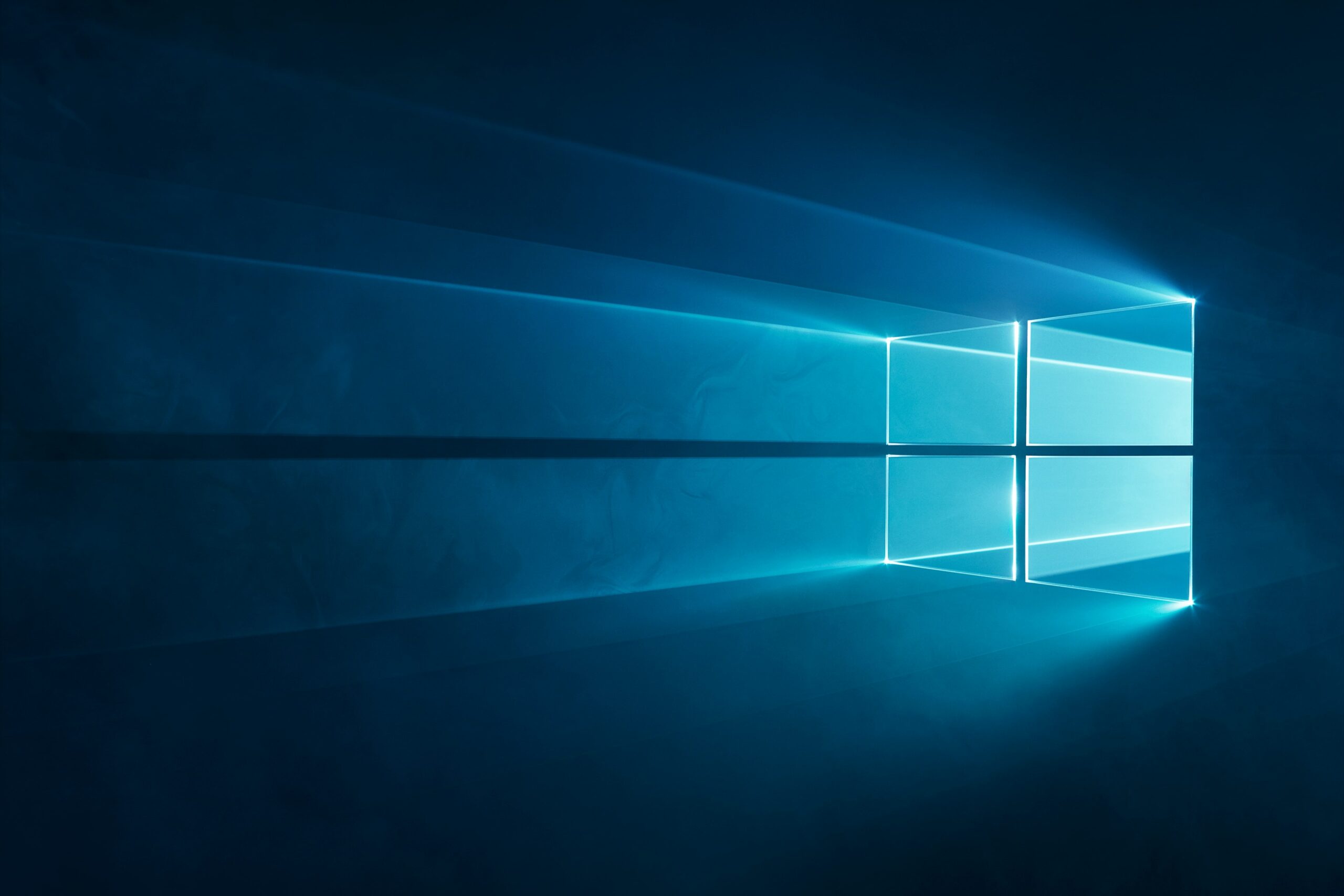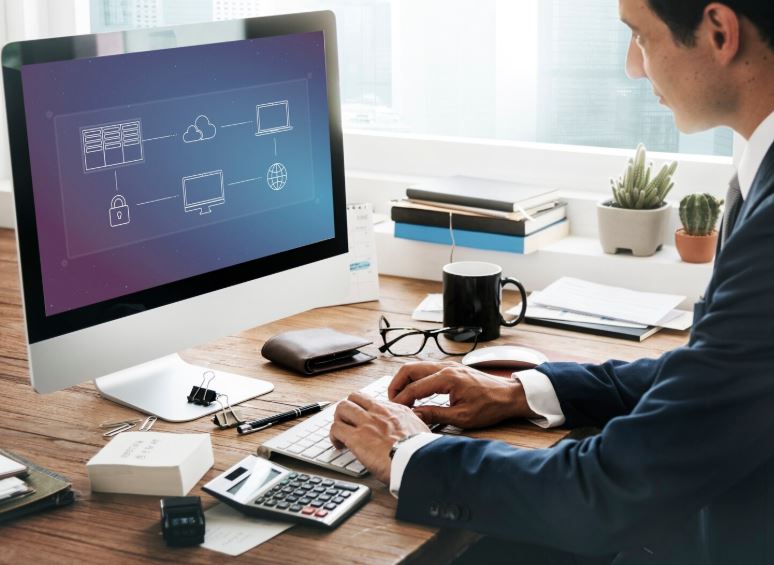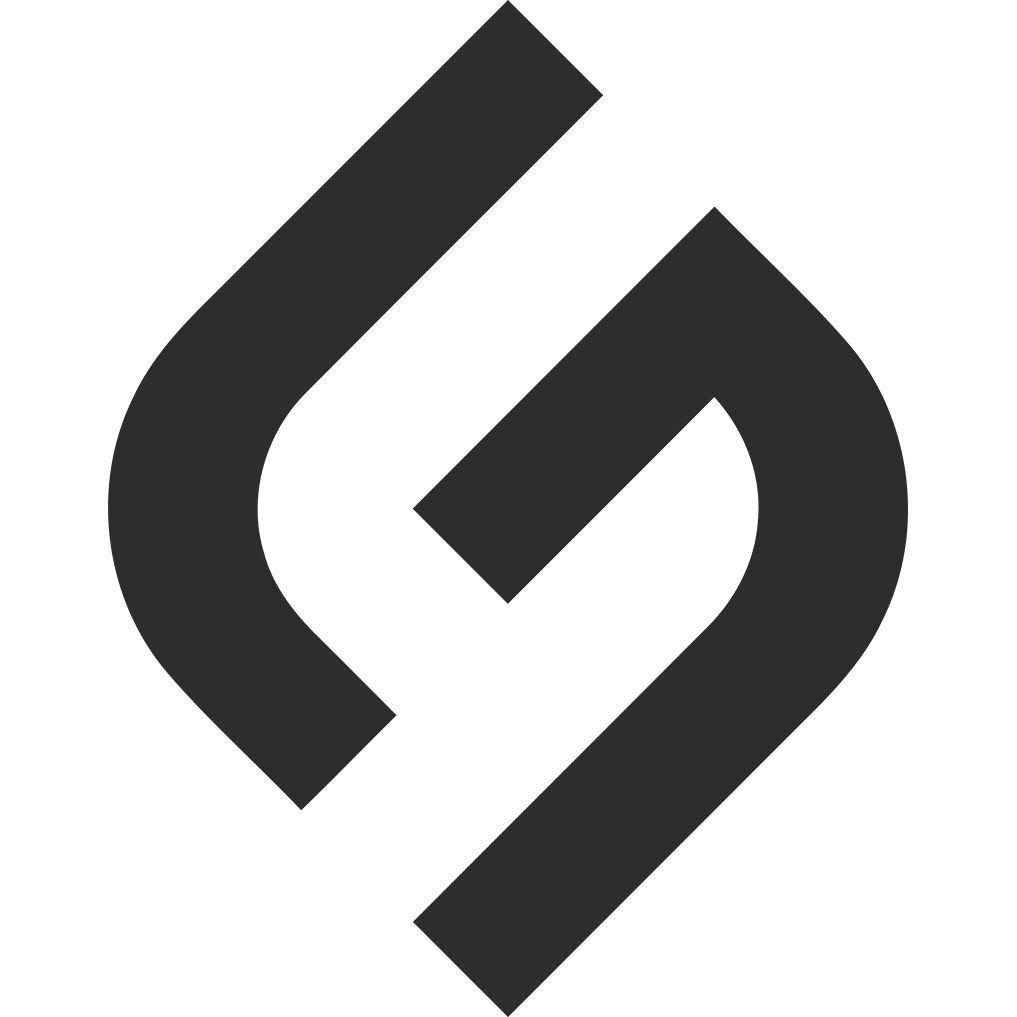What Are Remote Access Tools and How Do They Transform Business Operations?

In an era where digital transformation and distributed workforces have become the norm, remote access tools have emerged as indispensable technologies that fundamentally reshape how organizations operate and deliver services. Furthermore, these sophisticated software solutions enable seamless connectivity between users and systems regardless of geographical boundaries, thereby unlocking unprecedented levels of flexibility, productivity, and operational efficiency. Consequently, understanding the capabilities, applications, and strategic value of remote access tools is essential for modern businesses seeking to thrive in today’s increasingly interconnected and dynamic work environment.
Table of Contents
- Quick Summary: What Are Remote Access Tools?
- What Defines Remote Access Tools?
- What Types of Remote Access Tools Exist?
- What Core Features Should Remote Access Tools Provide?
- How Do ITSM Platforms Integrate Remote Access Tools?
- What Business Benefits Do Remote Access Tools Provide?
- What Criteria Should Guide Remote Access Tool Selection?
- What Security Considerations Are Critical?
- How Should Organizations Implement Remote Access Tools?
- What Future Trends Will Shape Remote Access Tools?
- Summing up
- Frequently Asked Questions
- Benefits of Cooperation with Solution for Guru
Quick Summary: What Are Remote Access Tools?
Remote access tools are specialized software applications that enable users to connect to and control computers, servers, networks, or applications from remote locations over the internet or private networks. Essentially, these tools create secure digital bridges between devices. It allowing individuals to access resources, perform tasks, and manage systems as if they were physically present at the target location. Moreover, remote access tools have evolved from simple command-line utilities to sophisticated platforms. These platforms offer comprehensive features including graphical desktop control, file transfer, collaboration capabilities, and integrated security measures.
The fundamental purpose of remote access tools extends across multiple business scenarios. Specifically, IT support teams utilize these tools to troubleshoot user issues remotely, system administrators leverage them for managing infrastructure without physical presence, and remote workers depend on them to access office resources from home or while traveling. Additionally, remote access tools facilitate business continuity by ensuring critical systems remain accessible during emergencies, natural disasters, or other disruptions that prevent on-site access. Therefore, these tools have become integral components of modern IT infrastructure and operational strategies.
What Defines Remote Access Tools?
Remote access tools represent a category of software designed specifically to overcome geographical and physical barriers that traditionally limited technology access and management. Fundamentally, these tools establish connections between client devices (the machines users work from) and host systems (the computers or networks being accessed) through various networking protocols and communication channels. Subsequently, once connections are established, users can interact with remote systems through interfaces that replicate local computing experiences with varying degrees of fidelity.
The defining characteristics of remote access tools include their ability to transmit screen images, keyboard inputs, mouse movements, and other interaction data between connected devices in real-time or near-real-time. Moreover, modern remote access tools incorporate intelligence to optimize data transmission, compressing visual information and prioritizing critical inputs to maintain responsive user experiences even over limited bandwidth connections. Consequently, these optimizations make remote access practical across diverse network conditions ranging from high-speed corporate networks to residential internet connections.
Authentication and authorization mechanisms form another defining aspect of remote access tools. Specifically, these systems must verify user identities before granting access and enforce permissions that determine what actions users can perform on remote systems. Furthermore, comprehensive remote access tools provide administrative interfaces that allow IT teams to manage access policies, monitor active sessions, and maintain audit logs documenting all remote access activities for security and compliance purposes.
What Types of Remote Access Tools Exist?
The remote access tool landscape encompasses various solution types, each optimized for specific use cases and operational requirements. Understanding these distinctions helps organizations select appropriate tools that align with their particular needs and technical environments.
| Tool Type | Primary Use Case | Key Characteristics |
|---|---|---|
| Remote Desktop Software | Full desktop control and access | Graphical interface, complete system control, file transfer |
| Remote Support Tools | IT helpdesk and technical support | Session initiation by support staff, screen sharing, collaboration features |
| VPN Solutions | Secure network-level access | Network tunnel creation, encryption, access to internal resources |
| Remote Monitoring Tools | System observation and management | Performance monitoring, alert generation, minimal interaction |
| Application-Specific Tools | Access to particular applications | Limited scope, optimized for specific software, streamlined interface |
| Cloud-Based Workspaces | Virtual desktop infrastructure | Centralized desktop hosting, scalability, device independence |
Each tool type addresses different organizational needs and technical challenges. For instance, remote desktop software provides comprehensive access suitable for remote work scenarios where users need complete control over their office computers. Conversely, remote support tools prioritize ease of connection and collaboration features that streamline technical support interactions. Meanwhile, VPN solutions excel at providing secure access to entire networks rather than individual computers, making them ideal for accessing internal applications and resources.
What Core Features Should Remote Access Tools Provide?
Evaluating remote access tools requires understanding the essential features that distinguish effective solutions from basic offerings. Organizations should prioritize tools that deliver comprehensive capabilities addressing both functional requirements and operational considerations.
What Technical Capabilities Are Essential?
Technically proficient remote access tools must support cross-platform connectivity, enabling connections between various operating systems including Windows, macOS, Linux, and mobile platforms. Additionally, multi-monitor support has become increasingly important as users frequently work with multiple displays, and remote access tools should seamlessly handle these configurations. Furthermore, file transfer capabilities allow users to move documents and resources between local and remote systems efficiently, eliminating the need for separate file sharing mechanisms.
Performance optimization features significantly impact user experience. Specifically, adaptive compression algorithms adjust data transmission based on available bandwidth, maintaining responsiveness under varying network conditions. Moreover, intelligent refresh mechanisms update only changed screen regions rather than transmitting entire frames continuously, reducing bandwidth consumption while preserving visual quality. Consequently, these optimizations enable productive remote work even when network conditions are suboptimal.
What Administrative Features Support IT Operations?
Robust administrative capabilities distinguish enterprise-grade remote access tools from consumer-oriented solutions. Centralized management consoles allow IT teams to configure policies, deploy software, manage user permissions, and monitor all remote access activities from unified interfaces. Additionally, role-based access controls enable granular permission management, ensuring users can access only the systems and perform only the actions appropriate to their responsibilities.
Session management features provide visibility into active connections, allowing administrators to view who is accessing which systems, track session durations, and terminate connections when necessary. Furthermore, comprehensive audit logging captures detailed records of remote access activities, supporting security investigations, compliance reporting, and troubleshooting efforts. Therefore, these administrative capabilities transform remote access tools from simple connectivity utilities into manageable enterprise resources.
How Do ITSM Platforms Integrate Remote Access Tools?
The convergence of IT Service Management (ITSM) platforms with remote access tools represents a significant evolution in service delivery capabilities. Indeed, when these technologies integrate seamlessly, organizations achieve streamlined workflows, improved resolution times, and enhanced service quality. Let us examine how leading ITSM platforms incorporate remote access functionality to deliver comprehensive service management solutions.
What Remote Access Capabilities Does ManageEngine Offer?

ManageEngine provides extensive remote access capabilities through its Remote Access Plus and ServiceDesk Plus products, delivering integrated solutions that combine IT service management with powerful remote support tools.
ManageEngine’s approach to remote access emphasizes deep integration with broader IT operations management workflows. Particularly, when service desk agents receive support tickets, they can instantly launch remote sessions directly from ticket interfaces without switching applications or requesting additional authentication from users. Moreover, this seamless integration dramatically reduces the time between ticket assignment and troubleshooting initiation, thereby accelerating issue resolution and improving service level agreement (SLA) compliance.
The platform supports both attended and unattended remote access modes, providing flexibility for different support scenarios. Attended mode enables real-time collaboration with end users during troubleshooting sessions, while unattended mode allows IT teams to access servers, workstations, and other systems independently for maintenance, updates, or emergency repairs. Furthermore, ManageEngine includes advanced features such as remote desktop sharing, file transfer, remote command execution, and system information gathering that equip technicians with comprehensive troubleshooting capabilities.
Security remains paramount in ManageEngine‘s remote access implementation. Specifically, all remote sessions utilize AES 256-bit encryption to protect data transmission, while multi-factor authentication adds additional security layers for accessing sensitive systems. Additionally, the platform provides granular permission controls that define which technicians can access specific device types, perform certain actions, or connect during particular time windows. Consequently, organizations maintain strict security postures while enabling efficient remote support operations.
The platform’s support for diverse environments strengthens its value proposition. Specifically, ManageEngine’s remote access capabilities work across Windows, macOS, Linux, and mobile platforms, enabling IT teams to support heterogeneous technology ecosystems from unified consoles. Additionally, cloud-based deployment options provide flexibility for organizations preferring software-as-a-service models over on-premise installations, while hybrid configurations accommodate mixed infrastructure strategies.
How Does Zoho Deliver Remote Access Functionality?

Zoho addresses remote access requirements through Zoho Assist, a cloud-native remote support and access platform that integrates elegantly with Zoho’s comprehensive suite of business applications including Zoho Desk for help desk management.
Zoho Assist distinguishes itself through exceptional ease of deployment and user-friendly design. Notably, the solution operates entirely in the cloud, eliminating complex infrastructure requirements that traditionally complicate remote access implementations. Consequently, organizations can deploy Zoho Assist rapidly, often becoming operational within hours rather than weeks required for traditional solutions. Furthermore, because the platform handles all connectivity through Zoho’s cloud infrastructure, there is no need for intricate firewall configurations or VPN setups that frequently create deployment obstacles.
The platform provides two primary operational modes tailored to different support scenarios. On-demand remote support enables quick troubleshooting sessions where technicians send connection invitations to users who then approve access for specific support interactions. Alternatively, unattended remote access allows pre-authorized connections to computers, servers, or devices without requiring user intervention, making this mode ideal for accessing systems outside business hours or managing infrastructure components.
Collaboration features enhance support effectiveness during remote sessions. Specifically, technicians can utilize integrated voice and video chat to communicate with users while simultaneously controlling their screens, creating rich collaborative experiences that accelerate problem resolution. Moreover, screen annotation tools allow technicians to highlight specific areas, draw attention to important elements, or provide visual guidance that complements verbal instructions. Additionally, the platform supports file transfer in both directions, enabling technicians to deliver patches, retrieve log files, or share documentation efficiently.
What Remote Access Options Are Available Through Zendesk?
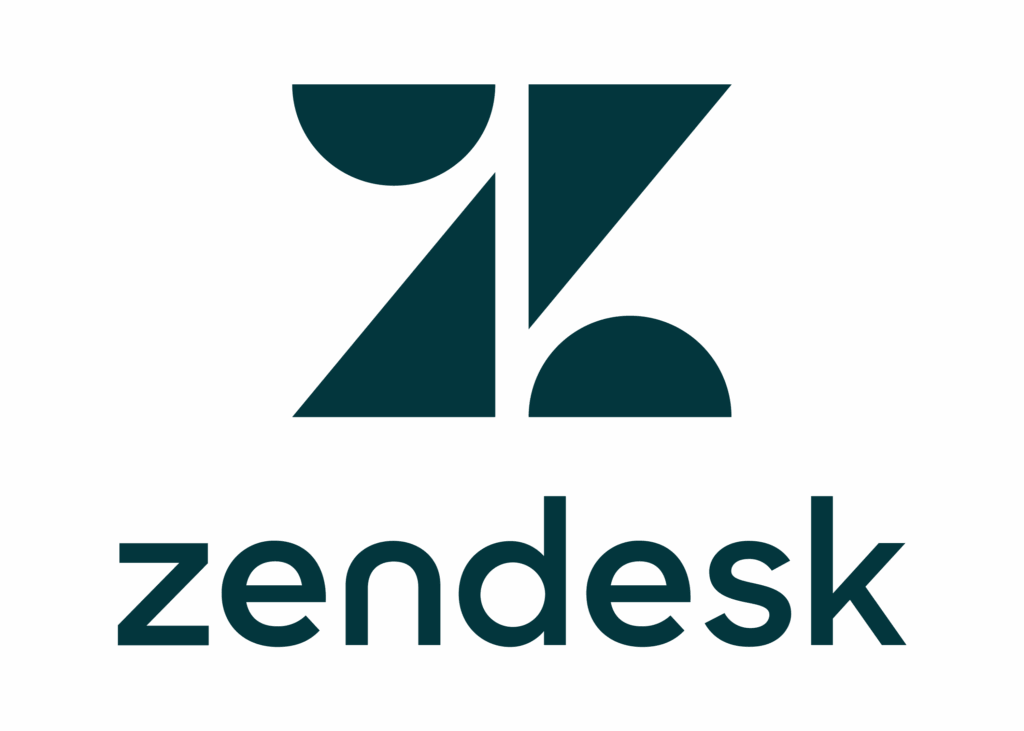
Zendesk takes a distinctive approach to remote access by providing an extensible platform that integrates with leading third-party remote access solutions rather than developing native remote access software, thereby enabling organizations to select best-of-breed tools while maintaining unified service operations.
Zendesk’s marketplace ecosystem includes integrations with numerous remote access providers, allowing organizations to choose solutions that best match their technical requirements, budget constraints, and operational preferences. Moreover, these integrations embed remote access capabilities directly within Zendesk’s interface, ensuring support agents never need to leave their primary workspace when escalating to remote support sessions. Consequently, workflow continuity remains unbroken, maintaining agent productivity and focus.
The platform’s strength lies in contextual information continuity throughout support interactions. Specifically, when agents initiate remote sessions from Zendesk tickets, complete customer histories, previous interactions, product information, and support patterns automatically accompany the session context. Therefore, technicians begin troubleshooting with comprehensive background understanding rather than gathering information anew, significantly accelerating problem diagnosis and resolution.
Integration architecture enables bidirectional information flow between Zendesk and remote access tools. During and after remote sessions, session metadata, technical findings, screenshots, and resolution notes automatically populate Zendesk tickets, maintaining complete documentation without requiring manual data entry. Furthermore, this automation ensures consistent record-keeping and supports knowledge base development by capturing solution patterns that can inform future support interactions.
Zendesk‘s analytics capabilities extend to remote access activities when integrated solutions provide appropriate data feeds. Consequently, managers can analyze metrics including remote session frequency, average session duration, resolution rates for remotely supported tickets versus standard tickets. Also customer satisfaction scores correlated with remote support interactions. These insights enable continuous improvement of support processes and resource allocation decisions.
Comparison table of leading platforms
What Business Benefits Do Remote Access Tools Provide?
The strategic value of remote access tools goes far beyond technical convenience. It is measurable business benefits that impact operational efficiency, cost structure, service quality, and competitive positioning. Understanding these benefits helps organizations justify investments and maximize returns from remote access implementations.
How Do Remote Access Tools Reduce Operational Costs?
Cost reduction represents one of the most immediately quantifiable benefits of remote access tools. Traditionally, technical support required either on-site IT support or shipping equipment to central repair centers. Both approaches entailed significant travel, transportation, and technician time costs. Conversely, remote access tools enable technicians to resolve most issues without physical presence, dramatically reducing these costs. Moreover, organizations can centralize IT support functions in fewer locations while still serving distributed facilities, optimizing workforce deployment and reducing facility expenses.
Additionally, remote access tools improve asset utilization by extending the useful life of existing technology investments. When users can access powerful office workstations remotely, organizations don’t need to buy high-end laptops for mobile work. Instead, they need to use lighter devices that serve primarily as access terminals. Furthermore, server and infrastructure maintenance can occur remotely regardless of server location, reducing the need for fully staffed data centers at every facility.
What Productivity Improvements Do These Tools Enable?
Productivity gains manifest across multiple dimensions when organizations effectively deploy remote access tools. Support resolution times decrease dramatically because technicians can immediately observe and interact with problematic systems rather than relying on user descriptions that may be incomplete or inaccurate. Consequently, first-contact resolution rates improve, reducing ticket volumes and freeing support staff for more complex challenges.
Remote workers maintain productivity levels comparable to office-based colleagues when equipped with proper remote access tools. Specifically, these workers access all necessary applications, files, and resources regardless of location, eliminating the compromises and workarounds that previously characterized remote work. Moreover, business continuity improves as organizations can maintain operations during office closures, whether due to weather events, facility issues, or public health situations.
What Criteria Should Guide Remote Access Tool Selection?

Selecting the right remote access tools requires a systematic evaluation of several criteria. These criteria include technical capabilities, security requirements, user experience, administrative needs, and financial considerations. Organizations should approach this selection process methodically to ensure chosen solutions align with both current requirements and future growth plans.
| Selection Criterion | Evaluation Considerations | Questions to Ask |
|---|---|---|
| Platform Compatibility | Operating systems, devices, browsers | Does it support all platforms in our environment? |
| Security Features | Encryption, authentication, access controls | Does it meet our security and compliance requirements? |
| Scalability | User limits, concurrent sessions, performance | Can it grow with our organization? |
| Integration Capabilities | ITSM platforms, authentication systems, monitoring tools | Does it integrate with our existing systems? |
| User Experience | Ease of use, performance, reliability | Will users find it intuitive and responsive? |
| Total Cost of Ownership | Licensing, implementation, training, maintenance | What are the complete costs over 3-5 years? |
Beyond these fundamental criteria, organizations should evaluate vendor stability, support quality, product roadmaps, and customer references. Pilot testing with representative user groups provides invaluable insights into real-world performance and usability that specifications alone cannot reveal. Furthermore, involving stakeholders from IT, security, end users, and management ensures selected solutions address diverse organizational perspectives and requirements.
What Security Considerations Are Critical?
Security considerations must guide every aspect of remote access tool implementation, as these systems create potential pathways for unauthorized access if inadequately protected. Organizations must adopt comprehensive security strategies that address multiple threat vectors and implement defense-in-depth approaches.
What Authentication Mechanisms Provide Adequate Security?
Strong authentication forms the foundation of remote access security. Single-factor authentication based solely on passwords proves insufficient given the prevalence of credential theft and password compromise. Instead, organizations should mandate multi-factor authentication requiring users to present multiple forms of verification such as passwords combined with authenticator applications, hardware tokens, or biometric factors. Moreover, certificate-based authentication provides even stronger security for highly sensitive environments by requiring digital certificates that are more difficult to compromise than traditional credentials.
Session management policies should enforce appropriate timeout periods that balance security with user convenience. Idle sessions should automatically disconnect after reasonable periods to prevent unauthorized access through unattended computers. Additionally, reauthentication requirements for long-running sessions ensure that access remains authorized throughout extended operations.
How Should Organizations Protect Data in Transit?
Encryption protects sensitive data as it traverses networks between remote access clients and host systems. Modern remote access tools should utilize industry-standard encryption protocols such as TLS 1.2 or higher with strong cipher suites that resist known cryptographic attacks. Furthermore, end-to-end encryption ensures that data remains protected throughout its entire transmission path, preventing interception even if network infrastructure becomes compromised.
Organizations should regularly review encryption configurations to ensure they remain current with evolving security standards. As vulnerabilities emerge in older cryptographic methods, prompt updates to encryption settings maintain protection against emerging threats.
How Should Organizations Implement Remote Access Tools?

Successful implementation of remote access tools requires careful planning, systematic execution, and ongoing management that extends well beyond initial deployment. Organizations should approach implementation as comprehensive change management initiatives rather than merely technical installations.
What Planning Activities Should Precede Deployment?
Implementation planning should begin with thorough requirements gathering that identifies who needs remote access, what systems they need to reach, when access is required, and what security constraints apply. Subsequently, these requirements inform architecture decisions regarding which remote access tool types to deploy, how to configure them, and what supporting infrastructure is necessary. Moreover, creating detailed implementation plans with defined milestones, responsibilities, and success criteria provides roadmaps that keep projects on track.
Pilot deployments with limited user populations enable organizations to validate configurations, identify issues, and refine approaches before full-scale rollout. Furthermore, pilot users provide valuable feedback regarding usability, performance, and training needs that inform broader deployment strategies. Therefore, investing time in thorough pilot testing typically accelerates ultimate adoption and reduces post-implementation support burdens.
What Training Ensures Successful Adoption?
Comprehensive training programs prepare users to leverage remote access tools effectively while maintaining security awareness. Training should address both technical operation and policy compliance, ensuring users understand not only how to establish connections but also when remote access is appropriate and what activities are permitted. Additionally, separate training tracks for end users, IT support staff, and administrators recognize the different skill levels and responsibilities of these groups.
Creating easily accessible documentation, video tutorials, and quick reference guides supports ongoing learning and provides resources users can consult when encountering less frequent scenarios. Moreover, regular refresher training reinforces best practices and introduces new features as platforms evolve, maintaining high competency levels across user populations.
What Future Trends Will Shape Remote Access Tools?
The remote access tool landscape continues evolving rapidly as new technologies emerge and organizational needs change. Understanding future trends helps organizations make forward-looking investments that remain relevant as the technology landscape transforms.
How Will Artificial Intelligence Transform Remote Access?
Artificial intelligence is beginning to augment remote access tools with capabilities that enhance both user experience and security. Predictive maintenance algorithms analyze system performance patterns to identify potential issues before they cause failures, enabling proactive intervention. Similarly, AI-powered troubleshooting assistants can guide support technicians by suggesting likely problem causes and recommended resolution steps based on historical patterns and machine learning.
From a security perspective, behavioral analytics powered by machine learning can identify anomalous remote access patterns that may indicate compromised accounts or insider threats. These systems establish baseline behavior profiles for each user and alert security teams when deviations occur, such as access from unusual locations, unusual times, or unusual system combinations. Consequently, AI enhances security monitoring effectiveness while reducing false positives that burden security analysts.
What Role Will Zero Trust Architecture Play?
Zero trust security architectures are fundamentally reshaping remote access approaches by abandoning traditional perimeter-based security models. Under zero trust principles, no connection is automatically trusted, regardless of whether it originates from inside or outside the corporate network. Instead, every access request must be authenticated, authorized, and continuously validated throughout the session. Moreover, zero trust frameworks implement micro-segmentation that limits lateral movement within networks, ensuring that compromised remote access credentials cannot provide unrestricted access to organizational resources. Consequently, organizations adopting zero trust principles achieve more robust security postures that better protect against modern threats.
Remote access tools are evolving to natively support zero trust architectures through features such as continuous authentication, context-aware access controls, and just-in-time privilege escalation. Furthermore, integration with identity and access management platforms enables dynamic policy enforcement based on user identity, device posture, location, and risk scores. Therefore, future remote access implementations will seamlessly embed security verification throughout user sessions rather than merely at connection initiation.
How Will Cloud Technologies Influence Remote Access?
Cloud computing continues transforming remote access paradigms by shifting from connecting to physical devices toward accessing cloud-hosted virtual desktops and applications. Virtual Desktop Infrastructure (VDI) and Desktop-as-a-Service (DaaS) solutions centralize computing resources in cloud environments, providing users with consistent experiences regardless of their physical devices. Additionally, cloud-native remote access tools eliminate traditional infrastructure dependencies, enabling rapid deployment and global scalability that on-premise solutions cannot match.
Edge computing represents another emerging trend that will enhance remote access capabilities. By processing data closer to users and devices, edge architectures reduce latency and improve responsiveness for remote access sessions. Moreover, edge deployment models enable organizations to optimize performance while maintaining centralized management and security controls, balancing local performance with global governance.
Summing up
Remote access tools have evolved from simple connectivity utilities into sophisticated platforms that fundamentally enable modern business operations. Throughout this comprehensive exploration, we have examined the diverse types of remote access tools, their essential features, security considerations, implementation strategies, and the transformative business value they deliver to organizations across industries.
The integration of remote access capabilities within leading ITSM platforms demonstrates the strategic importance of these tools for service delivery excellence. Specifically, ManageEngine provides comprehensive remote access functionality deeply integrated with IT operations management, enabling seamless troubleshooting workflows and extensive administrative controls. Similarly, Zoho delivers cloud-native remote access through Zoho Assist, emphasizing rapid deployment, user-friendly design, and elegant integration with Zoho’s broader business application ecosystem. Meanwhile, Zendesk takes an extensible approach, partnering with best-of-breed remote access providers to deliver flexible solutions that maintain unified customer service experiences while accommodating diverse technical requirements.
Security considerations remain paramount as remote access tools create potential pathways for unauthorized access if inadequately protected. Organizations must implement multi-layered security strategies encompassing strong authentication, comprehensive encryption, granular access controls, continuous monitoring, and robust incident response capabilities. Furthermore, as zero trust architectures gain prominence, remote access tools are evolving to support continuous verification and context-aware security policies that better address contemporary threat landscapes.
Successful remote access tool implementation requires more than technical deployment—it demands comprehensive change management that addresses planning, training, policy development, and ongoing optimization. Organizations that approach remote access strategically, leveraging powerful platforms like ManageEngine, Zoho, and Zendesk while following established best practices, will realize substantial returns on their investments through improved service delivery, enhanced security postures, and sustained competitive advantages in our increasingly digital business landscape.
Frequently Asked Questions
Remote access tools and VPN solutions serve related but distinct purposes in enabling remote connectivity. Specifically, VPN (Virtual Private Network) solutions create encrypted network tunnels that extend corporate networks to remote devices, providing network-level access to internal resources as if users were physically connected to the office network. Conversely, remote access tools focus on controlling specific computers or devices, enabling users to view screens, operate applications, and manage systems remotely. Furthermore, while VPNs grant access to network resources broadly, remote access tools provide targeted control over individual systems with features like screen sharing, file transfer, and remote troubleshooting. Therefore, many organizations deploy both technologies complementarily – VPNs for general network access and remote access tools for specific device control and IT support scenarios. Additionally, remote access tools often work through VPN connections for enhanced security, creating layered protection for sensitive operations.
Remote access tools consume varying amounts of bandwidth depending on multiple factors including screen resolution, color depth, activity level on the remote system, and the specific optimization technologies employed by the tool. Typically, modern remote access solutions utilize intelligent compression and differential screen updates that transmit only changed portions of screens rather than complete frames continuously, significantly reducing bandwidth consumption. For standard business applications with moderate screen activity, most remote access tools require approximately 100-500 Kbps of bandwidth to maintain responsive experiences. However, graphics-intensive applications, video playback, or high-resolution multi-monitor configurations can substantially increase bandwidth demands to several megabits per second. Moreover, platforms like ManageEngine, Zoho Assist, and tools integrated with Zendesk implement adaptive technologies that automatically adjust transmission quality based on available bandwidth, maintaining usability even under constrained network conditions.
Benefits of Cooperation with Solution for Guru Company
Partnering with Solution for Guru provides organizations with unparalleled expertise in selecting, implementing, and optimizing remote access tools that align perfectly with their unique operational requirements and strategic objectives. Moreover, as specialized consultants with deep knowledge of leading platforms including ManageEngine, Zoho, and Zendesk, Solution for Guru delivers comprehensive services that transform remote access from technical implementations into strategic business enablers that drive measurable improvements in productivity, security, and service quality.
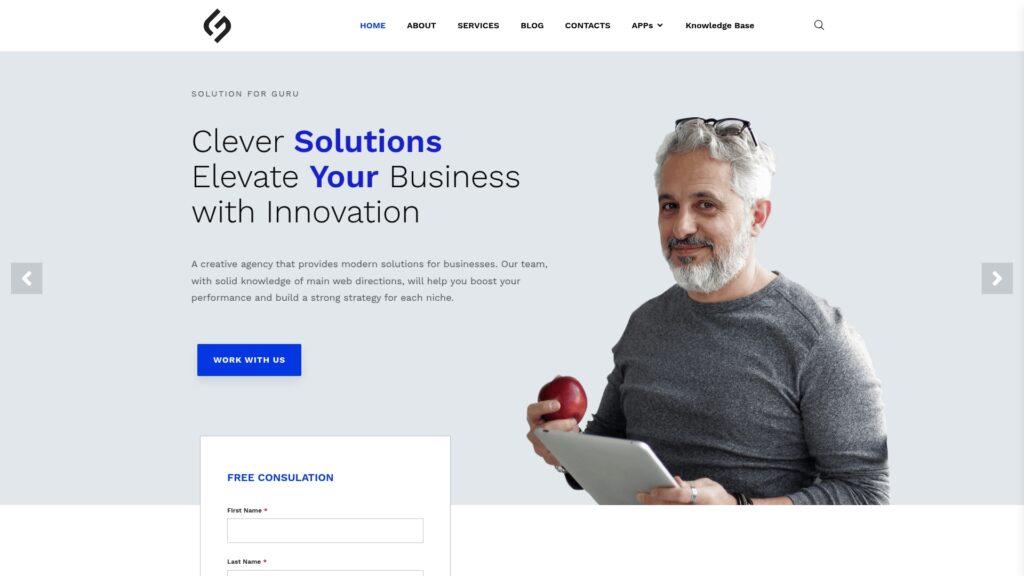
The ongoing support and optimization services from Solution for Guru ensure that remote access implementations continue delivering value over time. Through proactive monitoring, performance tuning, regular health checks, and continuous improvement programs, Solution for Guru helps organizations adapt their remote access strategies as business needs change, new technologies emerge, and user populations grow. Therefore, partnership with Solution for Guru represents not merely a one-time implementation engagement. First of all – a long-term strategic relationship that sustains and amplifies remote access value.
Whether implementing ManageEngine‘s comprehensive remote access and IT operations management capabilities, deploying Zoho Assist for agile cloud-native remote support, or integrating best-of-breed remote access tools within Zendesk customer service workflows, Solution for Guru provides the specialized knowledge, hands-on experience, and strategic guidance necessary for success. Visit www.solution4guru.com to discover how their expertise can transform your organization’s remote access capabilities, elevate service delivery excellence, and unlock the full potential of distributed work environments through thoughtfully designed and expertly implemented remote access solutions.
